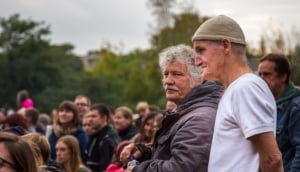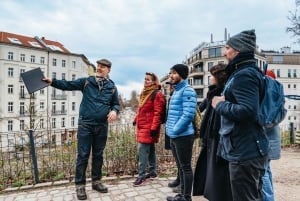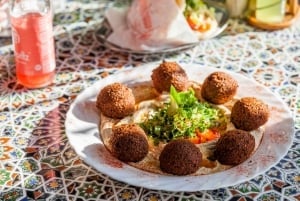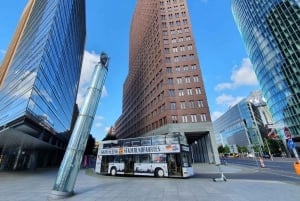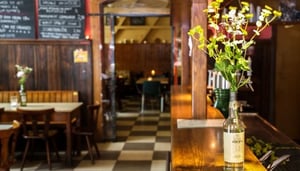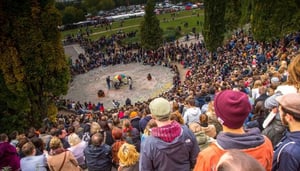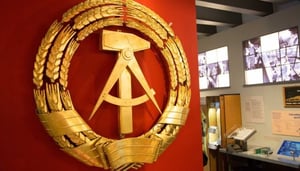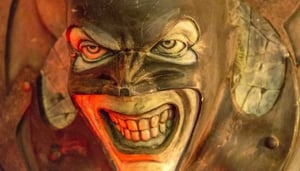Berliner Schnauze
Book Top Experiences and Tours in Berlin:
If youʻre booking your trip to Berlin last minute, we have you covered. Below are some of the top tours and experiences!- Berlin: Prenzlauer Berg District Guided Walking Tour
- Berlin: Battle for Seelow Heights WW2 tour -Clash of Titans
- Berlin: Reichstag, Plenary Chamber, Cupola & Government Tour
- Berlin: Illuseum Berlin Entrance Ticket
- Berlin: Hop-on Hop-off Bus Tour with Live Commentary
Ick bin een Berlina! If you hear this on your travels in , it’s likely you’ve come across a real live Berliner in the flesh. Don’t let this opportunity to learn about the dialect, the humour, and the character of a Berlin local get away from you! Invite the chap in for a Weiße (a Berlin wheat beer with a flavour shot, perfect on a summer’s day) at your favourite beer garden, or Berliner Eckkneipe (local pub) and pick his brain.
The Berlin dialect itself is commonly called berlinerisch, but the Berliner Schnauze (Berlin Snout) is so much more than just a way with words. Sure, it’s a dialect, but it’s also a gruff and standoffish way of speaking and acting, and even a type of oddball humour. Berliners are mighty proud of it too, which is why they fondly coined it Berliner Schnauze themselves.

Languages evolve and change over centuries, and the German language changed quite dramatically following Martin Luther’s bible translation in 1534. The changes began permeating the higher classes and gradually shifting into the middle and lower classes. The Berlin dialect didn’t shift with it. While southern parts of Germany began to adopt a “higher” German which spread over several centuries, the northern parts, in particular, Lower Saxony, spoke a language known as Plattdeutsch. Berlinerisch has evolved from there, and was also influenced by the Huguenots, Bohemians, Flemings, Slavs, Jews, Russians, and Silesians.
So what can you expect to hear today emerging from the Schnauze of your new-found Berlin friend as you sit together in a Destille (a bar), drink your Halba (a half litre of beer) and perhaps munch on a Bulette (rissole) and a Schrippe (bread roll)? Well, you’ll probably hear kiek mal - that means “look”, so pay attention. He’ll swap his g’s and j’s around; a gut gebratene Ganz (a well-roasted goose), for example, would be a jut jebratene Janz, although it is just as tasty by any other name.
Next, he might swap his “ch” for a “k”. Ich becomes ik, and Berliners swap their “dich” and “dir” or “mich” and “mir”, so “ik liebe dir” (I love you, Berlin style) might come out of his mouth if the evening takes an interesting turn.

Linguaphiles can receive a one-of-a-kind Berliner Schnauze city tour, taken by Berlin local Peter “Lucki” Luca. Lucki will show you around the major Berlin sights or show you where to get the best Berliner Currywurst and do it all with that signature Schnauze dialect and rough demeanour. But you might want to brush on your Hochdeutsch before you give that a shot, lest you understand not a single word.

Take heed: the gruffness that often accompanies the Berliner Schnauze can take you aback. You might consider it unsociable or just plain rude. You might get yelled at on the bike path, snapped at by the bus driver, or given a serve at the post office. But underneath the prickly exterior, there’s humour. If you ask a Berliner Schnauze where the TV Tower at Alexanderplatz is, be prepared for a snappy reply: “Da wo es jestern ooooch jestanden hat” (exactly where it was yesterday). Yes, the rough Berlin exterior hides a light-heartedness, some wit, and even concern. It’s just not exactly service with a smile.




